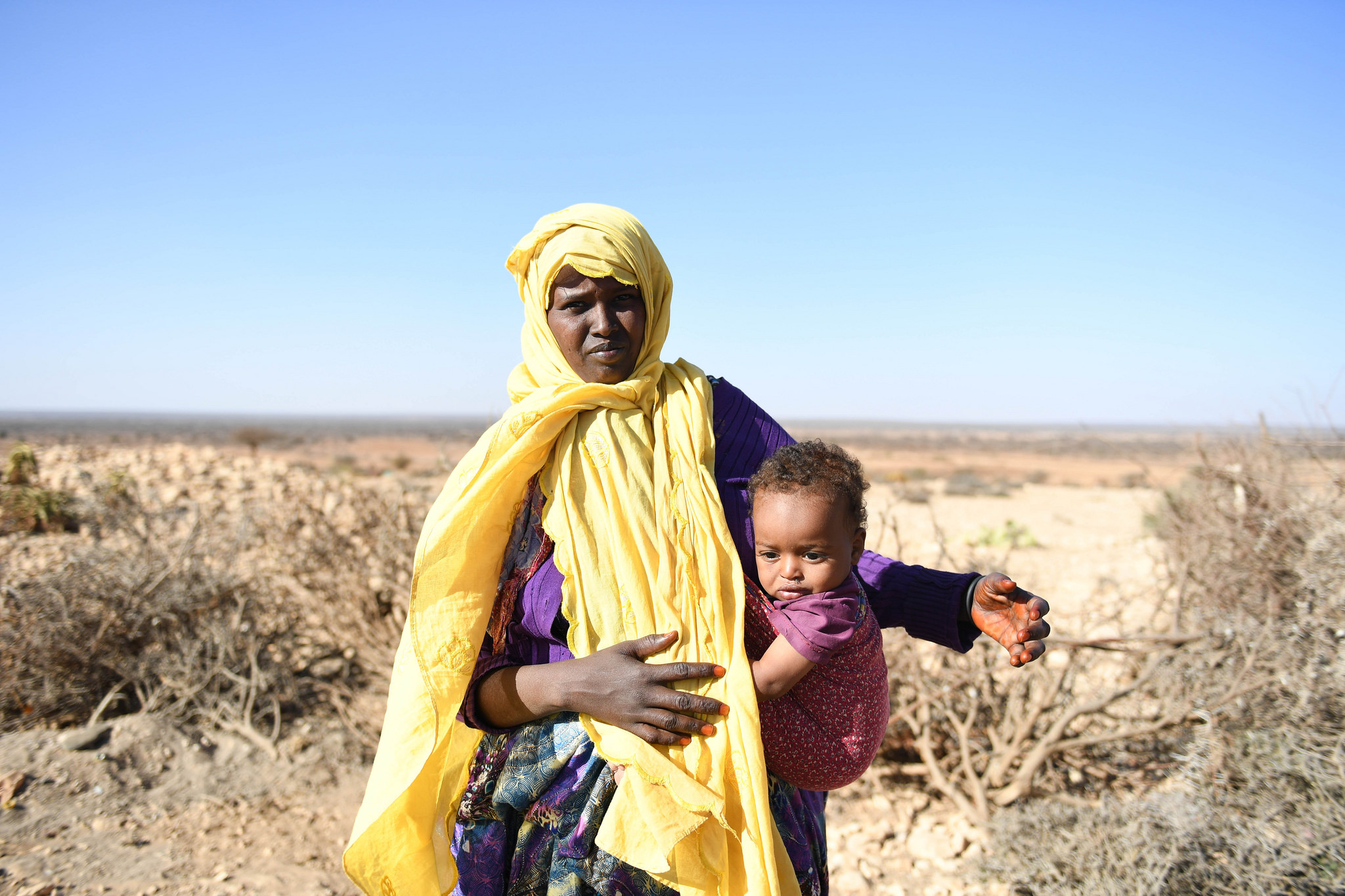ReDSS analysis of solutions programming in urban contexts focuses on urban refugees in Nairobi, Kenya and IDPs and refugee-returnees in Mogadishu and Baidoa in Somalia. The report aimed to better understand and address displaced people’s vulnerabilities and aspirations in urban centers and to rethink support in more sustainable and empowering ways. The methodology was based on participatory and consensus building approach including consultations and validation workshops with displacement affected communities, policy makers and practitioners.
The displacement environment in the Horn of Africa is primarily one of encampment however increasingly internally displaced persons (IDPs), returning refugees and to a lesser extent refugees are moving to towns and cities. Kenya for instance hosts some 65,000 urban refugees (or 13% of its total refugee population). In Somalia, over 2 million children, women and men are internally displaced. Most people displaced by drought left rural parts of Bay, Lower Shabelle, and Sool and settled in urban areas such as Mogadishu and Baidoa. The population of Baidoa has doubled in the past 12 months.
Urban displaced often join marginalized neighborhoods effectively become hidden in their host city, while others remain part of the visible urban poor further exacerbating their vulnerabilities. Such a sudden and rapid influx of large populations compounds difficulties that cities already face in the highly urbanized regions, leading to overcrowding of informal settlements and increasing demand for urban services, land, jobs, and housing.
New approaches are needed for effective humanitarian-development coordination to find solutions to urban displacement, using area-based planning processes led by municipalities and authorities. A comprehensive response to urban displacement won’t involve a one-size-fits-all solution, it must be a multi-stakeholder approach that improves the business-enabling environment for everyone refugees and host communities alike.
Click below to access the full report, executive summary and power point presentation on key findings and recommendations. The report was funded by ECHO and the Danish Embassy for Kenya and Somalia.



